Introduction:
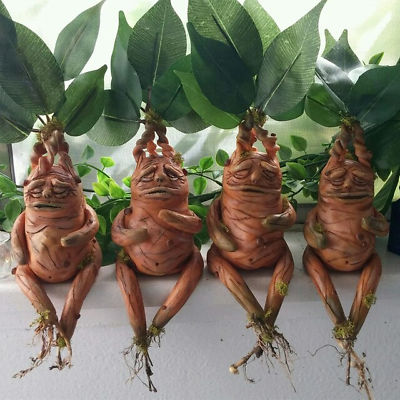
In the enchanting world of Harry Potter, J.K. Rowling introduced us to a plethora of magical creatures and plants. Among them, the Mandrake stands out as a fascinating and peculiar herb. With its unique properties and intriguing history, the Mandrake plays a significant role in the wizarding world. In this article, we will delve into the captivating world of Mandrakes, exploring their origins, characteristics, and their role in the Harry Potter series.
Origins and Appearance:
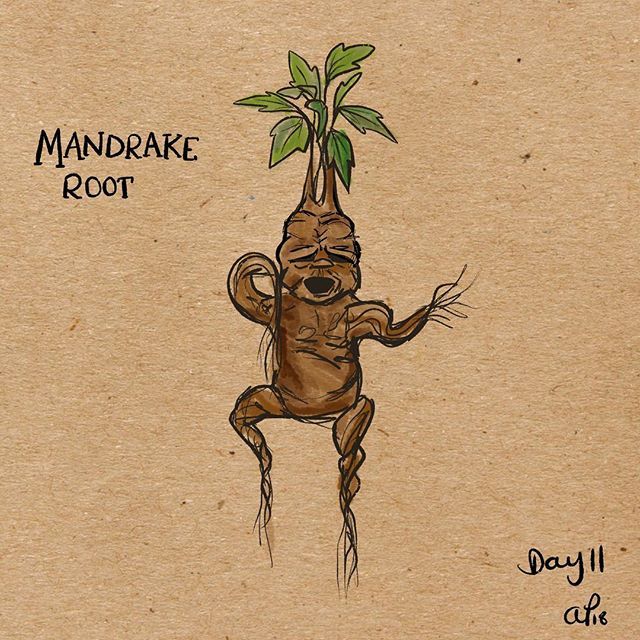
The Mandrake, scientifically known as Mandragora, has a rich history rooted in folklore and mythology. Various ancient texts, including the Bible and works by renowned scholars like Pliny the Elder, mention the Mandrake. In Harry Potter, Mandrakes are depicted as magical plants with human-like roots and leaves that resemble small cabbages. They have a distinctive cry that can be fatal to those who hear it.
Magical Properties:
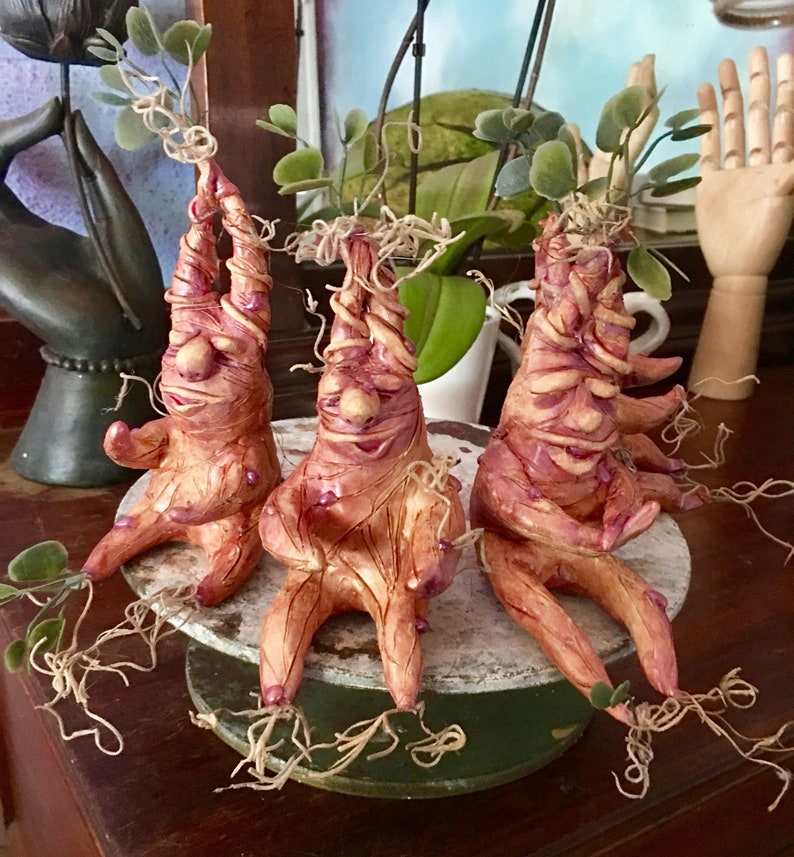
Mandrakes possess potent magical properties that make them highly sought after in the wizarding world. In the Harry Potter series, their roots are used in the brewing of various potions, including the Mandrake Restorative Draught, which is known for its ability to revive those who have been petrified. The Mandrake’s cry is also used as a powerful restorative agent, capable of healing those who have been subjected to dark curses.
Cultivation and Harvesting of Mandrake:
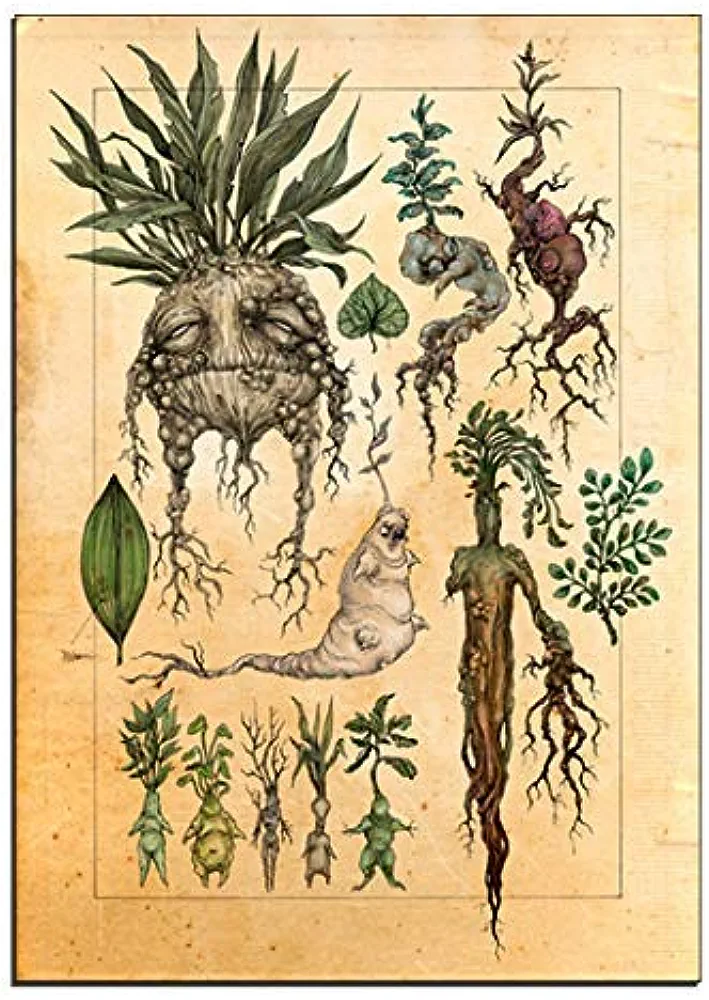
Cultivating Mandrakes is a delicate and time-consuming process. They require specific conditions to grow, such as a dark and damp environment. In Harry Potter, Professor Sprout teaches her students at Hogwarts School of Witchcraft and Wizardry how to handle Mandrakes, emphasizing the importance of wearing earmuffs to protect against their cries. Mandrakes are typically harvested when they reach maturity, which is indicated by their leaves turning a deep shade of green.
Historical and Cultural Significance of Mandrake:
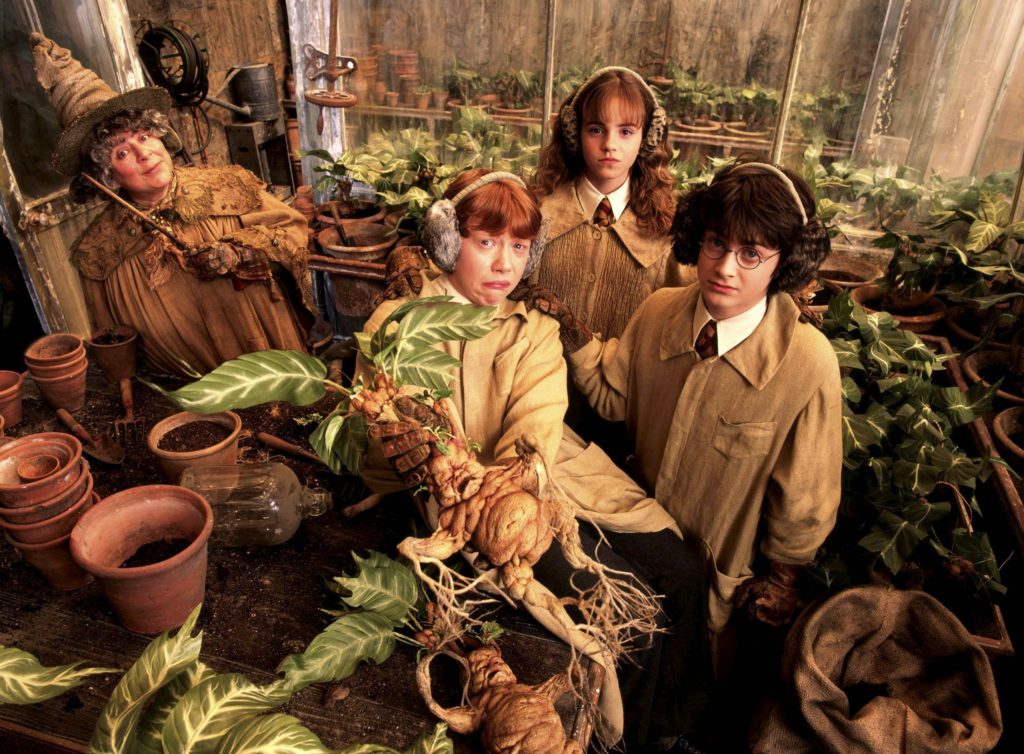
Beyond their magical properties, Mandrakes have a rich historical and cultural significance. In ancient times, they were believed to possess mystical powers and were associated with fertility and protection against evil spirits. Mandrakes were often used in rituals and potions, and their roots were considered valuable ingredients in alchemy. The portrayal of Mandrakes in Harry Potter draws upon these historical beliefs, adding depth and authenticity to the wizarding world.
Symbolism and Metaphors:
In the Harry Potter series, Mandrakes serve as a metaphor for personal growth and transformation. Just as the Mandrake’s cry can heal and restore, the characters in the story undergo their own journeys of self-discovery and resilience. The Mandrake’s unique appearance and magical properties symbolize the hidden potential within individuals and the power of unity in overcoming adversity.
Mandrake in Real World Mythology
The Mandrake is also a plant in real world mythology. It is mentioned in many cultures, including Greek, Roman, and Hebrew mythology. In these cultures, people often associate the Mandrake with magic and witchcraft.
People say that the Mandrake possesses a variety of magical properties. According to belief, the Mandrake has the ability to bring good luck, ward off evil spirits, and even grant wishes.However, people also say that the Mandrake is dangerous. It is claimed that the Mandrake’s cry can be fatal, and people believe that its root is poisonous.
The Mandrake is a fascinating plant with a long history. The Mandrake is a popular subject of folklore and mythology, and some popular works of fiction, such as the Harry Potter series, have featured it.
Additional information
According to legend, the Mandrake’s cry is so loud that it can shatter glass and burst eardrums.
Mandrake’s cry can also directly kill a human if they hear it.
To prevent the Mandrake’s cry from being fatal, people often keep it in a pot with a cloth placed over the top.
The Mandrake’s cry is only fatal to humans. It does not affect other creatures, such as wizards and witches.
People use the Mandrake’s root in various potions, including the Restorative Draught, which has the ability to cure petrification.
People also use the leaves of the Mandrake in potions, including the potion used during the process of becoming an Animagus.
Legends say that the Mandrake is a sentient plant capable of feeling pain.
The Mandrake is a protected plant in the wizarding world, and it is illegal to harvest them without a permit.
Conclusion:
The Mandrake is undoubtedly one of the most intriguing and captivating magical plants in the Harry Potter series. Its rich history, unique appearance, and potent magical properties make it a fascinating subject of study. J.K. Rowling’s inclusion of the Mandrake in her books adds depth and authenticity to the wizarding world, while also providing readers with a metaphorical representation of personal growth and transformation. So, the next time you encounter a Mandrake in the pages of Harry Potter, remember its significance and the enchanting world it represents.
Discover fascinating facts and interesting information at FactsFair explore a wide range of topics start your journey of knowledge today!
